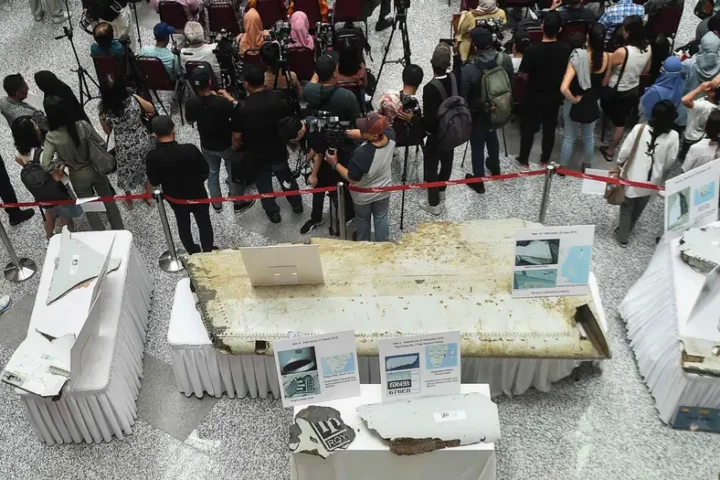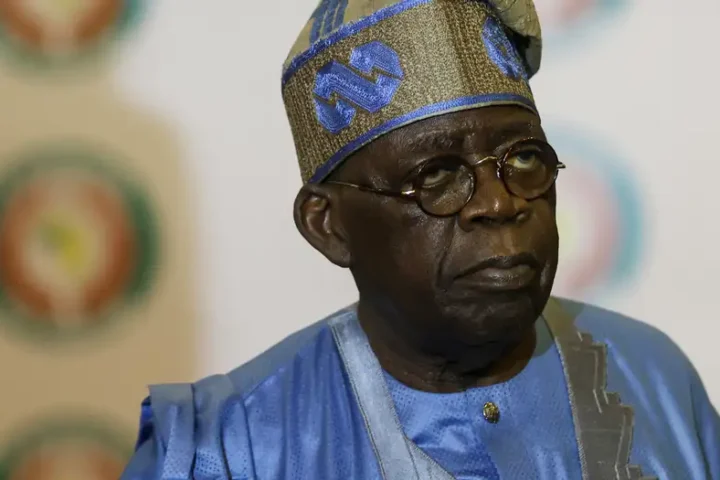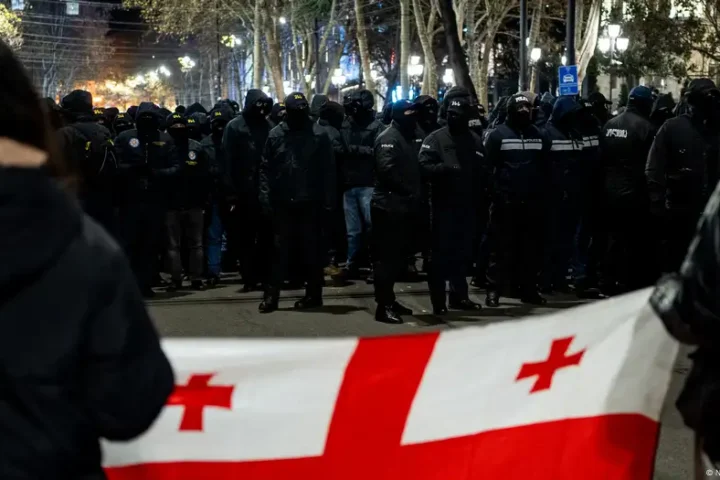Barnier was appointed by President Emmanuel Macron in an attempt to bring political stability. The no-confidence motion was the first test for his government, which enjoys fragile support in parliament.
France’s new Prime Minister Michel Barnier has survived a no-confidence motion on Tuesday, in the first test for his government amid fragile support in a divided parliament.
The motion was put forward by the French parliament’s left-wing New Popular Front (NFP) coalition, with Socialist Party leader Olivier Faure defending it.
It needed 289 votes to be adopted by a majority of the 577-member National Assembly. It only received 197 votes in favor.
“Now, the French know who is in the majority and who is in the opposition,” Faure said, while also accusing Barnier of being an “accomplice of the extreme right.”
What happened in the vote?
The far-right National Rally, which has 125 seats in parliament, abstained from the vote, and was credited for the motion’s failure. Leader Marine Le Pen said she decided to give the government a chance for the time being.
Barnier’s government enjoys shaky support in parliament, which is almost equally divided between far-right, centrist and leftist groupings.

Ahead of the vote, Faure accused the government of staging a “democratic hijack,” adding that Barnier’s administration should “have never been appointed.”
What triggered the motion?
The NFP is still angry that President Emmanuel Macron did not appoint a prime minister from the left wing, which got more votes than the other groupings in this summer’s snap election.
Finding political compromise is a tough task, with none of the blocs winning an outright majority.
Barnier, from the traditional right-wing Republicans, was appointed by Macron in a bid to bring stability after the election results.His Cabinet is mostly composed of members of his Republicans party and centrists from Macron’s alliance.










